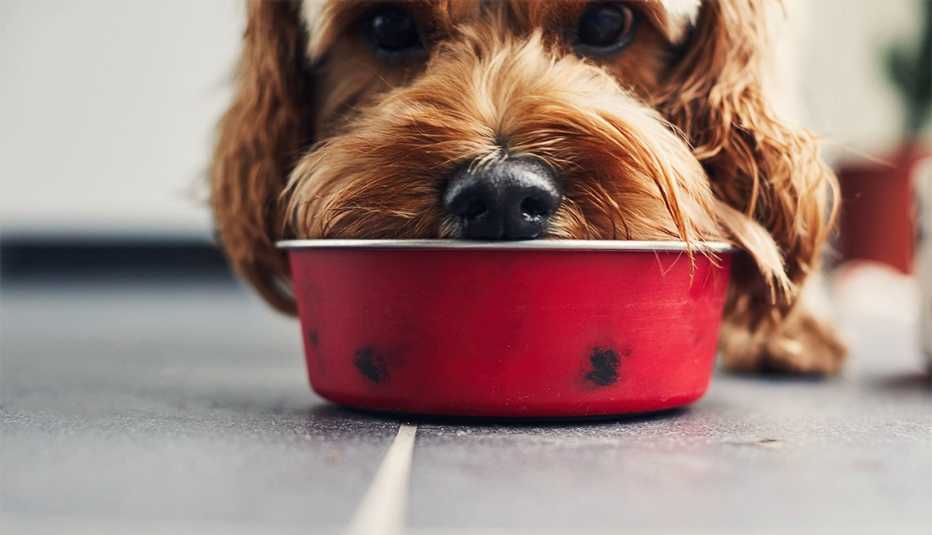Staying Fit


Although it seems second nature to wash your plate between meals, the same isn’t true for that doggy dish, according to veterinary nutritionists at North Carolina State University.
More than 75 percent of dog owners aren’t following three simple Food and Drug Administration safety guidelines to protect their pets against foodborne illness — washing their own hands before handling pet food, serving food in a clean bowl and using a clean food scoop, according to a study appearing in the journal PLOS ONE.


AARP Membership— $12 for your first year when you sign up for Automatic Renewal
Get instant access to members-only products and hundreds of discounts, a free second membership, and a subscription to AARP the Magazine.
“Pet owners should know that pet food bowls can harbor bacteria and that recommendations exist for minimizing that risk,” Emily Luisana, a veterinary nutritionist at Friendship Animal Hospital, said in a statement.
Luisana and her colleagues at NC State, where she completed her residency, decided to study how people handle and store their pet food after conversations revealed that their own approaches differed — and that there actually were FDA guidelines, although not as comprehensive as those for handling and storing human food. “We realized that, when it came to our own pets, we all had different pet food storage and hygiene practices,” she said.
Beyond the dog dish
While you are in a cleaning mood, the Centers for Disease Control and Prevention (CDC) suggests you consider other pet-related items that may need a scrubbing, including bedding and toys. A general rule of thumb is to treat them no differently than if the items belonged to your children (or grandchildren). That means cleaning once a week for bedding and once a month for toys — or more frequently if they look dirty or smell. Follow the cleaning instructions that can be found on the packaging or tag of most pet items.
Soap or detergent is effective in cleaning most pet products. Hard items like bowls or plastic toys can be cleaned in a sink or a dishwasher if labeled safe. Soft items like a blanket or plush toy can be popped in a washing machine and dryer. If you prefer, you can designate a wash tub, laundry sink or bathtub specifically for your pet.
You may also consider disinfecting items that touch urine or poop, or if your pet has been sick. First, clean and scrub with soapy water to remove dirt and most germs. Then disinfect to kill any remaining germs. CDC recommends to always read and follow instructions on the disinfectant label, keep your pets away when using disinfectants and store them securely out of reach of your pets.

































































More From AARP
6 Ways to Prevent Dog Walking Injuries
The right equipment, training and footwear can prevent falls and fracturesHow to Cope With the Death of a Pet
Grief and loss can leave a hole that’s hard to fill
6 Reasons Your Pet Shouldn’t Sleep in Your Bed — and 5 Reasons They Should
Sharing a bed with furry friends may not be a good idea, except when it is